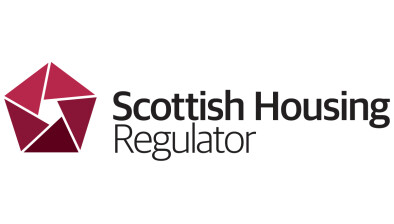Regulator updates Charter FAQs regarding Electrical Installation Condition Reports

The Scottish Housing Regulator (SHR) has updated its Scottish Social Housing Charter frequently asked questions (FAQs) to clarify how landlords should have recorded outstanding Electrical Installation Condition Reports in their 2021/22 ARC return.
The update also takes into account the recording of compliance in subsequent years.
The question reads: We have been unable to complete all of our Electrical Installation Condition Reports (EICRs) which were due. Should these be recorded as SHQS ‘fails’ or ‘in abeyance’?
In its answer, the Regulator highlights the Scottish Government’s SHQS technical guidance which includes definitions for the SHQS classifications. The guidance explains that ‘in abeyance’ can be used where planned works to reach some elements of the SHQS cannot be completed because of social reasons, e.g. because of the behaviour of the tenant.
Some common examples have also been provided along with how they should be recorded in terms of SHQS compliance.
- Landlord A was unable to carry out an electrical safety inspection (and generate an EICR) because it could not source a suitable contractor to carry out the inspection.
- Landlord A should record this property as an SHQS fail.
- Landlord B was unable to carry out an electrical safety inspection (and generate an EICR) because of staff shortages with the contractor appointed to carry it out.
- Landlord B should record this property as an SHQS fail.
- Landlord C was unable to carry out an electrical safety inspection (and generate an EICR) because the tenant of the property refused access.
- Landlord C should record this property as in abeyance.
The Regulator said that landlords should keep up to date with the Scottish Government’s SHQS guidance, and submit any corrections required in line with its Charter data corrections policy.








